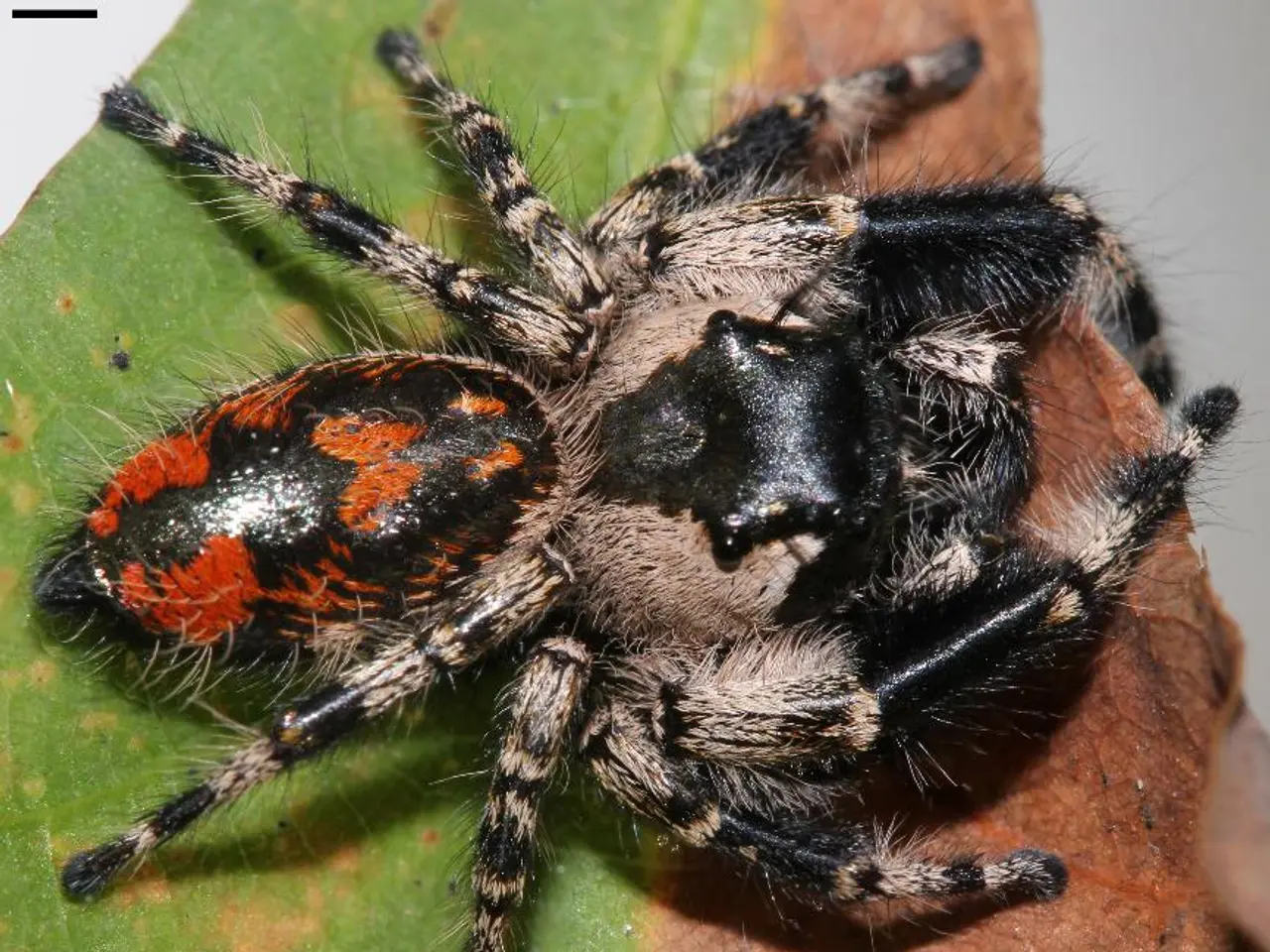Bonsai Ailment Identification and Pest Control: Recognizing and combating Spider Mite invasions
In the world of bonsai cultivation, one common pest that can cause significant damage is the spider mite. These tiny arachnids thrive in hot, dry, and dusty conditions and can infest both indoor and outdoor bonsai trees. To effectively control and prevent spider mite infestations, early detection, understanding their lifecycle, and using appropriate treatment methods are crucial.
Early Detection Signs
Regular inspection is essential for early detection. Look for tiny white or yellow speckles on the leaves caused by spider mite feeding. Fine webbing may appear on the undersides of leaves or along branches. As the infestation progresses, leaves may become discoloured, dry, or drop prematurely. Particular attention should be paid to juniper bonsai, which can be vulnerable to spider mites.
Lifecycle Understanding
Spider mites reproduce quickly, with populations growing rapidly under favourable conditions. Treatments are most effective when applied early, before populations explode. Biological control (predatory mites) works best if introduced before infestations get out of control.
Environmental Factors
Maintaining a humidity level between 40-60% can be particularly effective in deterring spider mite infestations. Avoid overly cold or humid conditions as these may cause other fungal problems, but striking a balance is key.
Treatment Methods
Use insecticidal soaps or horticultural oils to suffocate mites; soap solutions must be rinsed off after application to avoid leaf damage. A mixture of isopropyl alcohol, hydrogen peroxide, and peppermint soap sprayed on leaves can also control mites. Biological control with predatory mites is highly effective but requires stopping insecticide use prior and proper timing. Chemical miticides like Polysect can be used with attention to label directions and correct dosing. Hot pepper wax sprays may smother adult mites but are ineffective on eggs.
Neem oil can be an effective control method for spider mite populations on bonsai, as it disrupts their hormone systems and repels them. However, it's vital to use it in moderation and combine it with other methods for ideal results.
The bonsai's microclimate, characterised by a delicate balance of moisture and air circulation, can be leveraged to deter spider mite infestations by maintaining ideal humidity levels.
Preventive Measures
Pruning infested areas can be a useful control method, as it removes spider mite habitats and reduces populations. However, it must be combined with other strategies to prevent re-infestation and guarantee thorough eradication.
Introducing predatory mites, such as Phytoseiulus persimilis, can provide a natural and sustainable solution for controlling spider mite populations.
By combining prevention and treatment strategies, bonsai enthusiasts can create a robust defense against spider mite infestations and ensure the long-term health and resilience of their bonsai trees.
Maintaining the bonsai's home-and-garden environment, particularly focusing on humidity levels, can help deter spider mite infestations, making sure it ranges between 40-60%. Keeping a lifestyle that includes regular inspection of the bonsai for early signs of spider mites, such as tiny white or yellow speckles on leaves, fine webbing on the undersides of leaves or along branches, and leaves becoming discoloured, dry, or dropping prematurely, is crucial for effective pest control.




